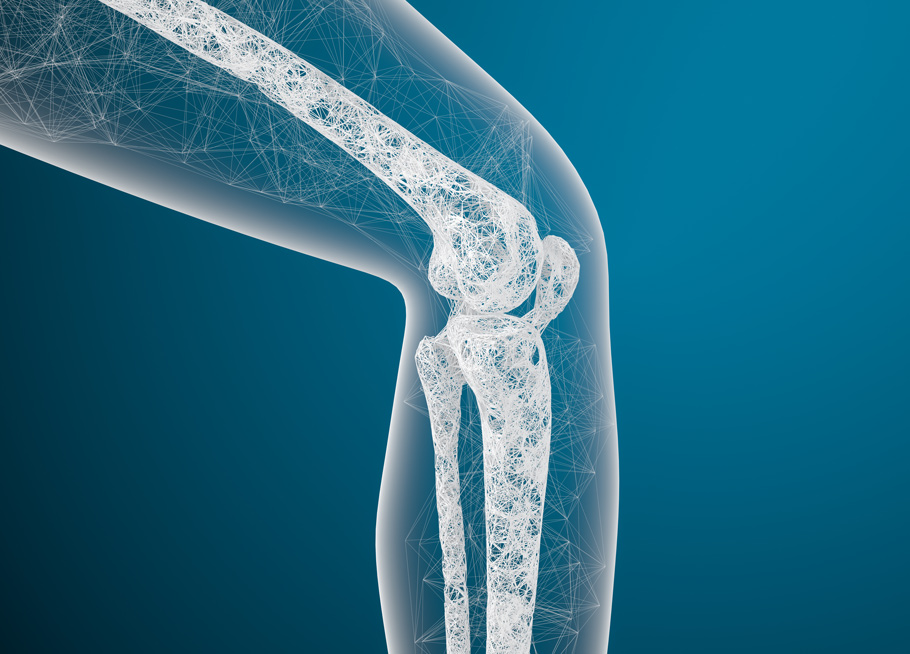
Psoriatic arthritis is one of the conditions I treat at my private rheumatology practice in London. Note that psoriatic arthritis is a condition best treated by rheumatologists, given the nature of the disease itself. We are most qualified to understand how the disease affects patients and what the best treatments for each patient are.
This post will touch on three of the most common treatments for psoriatic arthritis. Those treatments are physiotherapy, NSAIDs, and steroid injections. Before we get to them however, a brief overview of psoriatic arthritis is in order.
Psoriatic Arthritis Basics
Psoriatic arthritis is a chronic, inflammatory disease that affects the joints. It occurs most predominantly where ligaments and tendons attach to bones. As you might suspect from the name, it is often linked to skin psoriasis. Some patients do not exhibit the first signs of psoriatic arthritis until after being diagnosed with a skin disease.
Its symptoms include:
- swollen and painful joints
- Pain in tendons and ligaments (enthesitis)
- lower back pain from spondylitis
- sausage-type swelling of fingers or toes (dactylitis)
Many of the symptoms of psoriatic arthritis resemble those of rheumatoid arthritis. This is one of the reasons rheumatologists are the most qualified medical professionals to treat this disease.
3 Treatments for Psoriatic Arthritis
With the background information out of the way, let’s talk about the three most common treatments here in the UK. All three are recommended based on a patient’s current condition. Note that there are a limited number of other treatments if these three prove ineffective.
1. Physiotherapy
Physiotherapy relies on targeted exercises to improve mobility and reduce inflammation. It can be extremely helpful in managing psoriatic arthritis. The right types of exercises can reduce stiffness and improve flexibility, mobility, and strength. All of these things combined can reduce the pain of psoriatic arthritis considerably.
Also note that physiotherapy can take many forms. A physiotherapist might focus on targeted exercises alone. Alternatively, they might include massage, hydrotherapy, and other complementary therapies.
2. NSAIDs
NSAIDs are nonsteroidal anti-inflammatory drugs. They are used as painkillers to manage psoriatic arthritis symptoms. They can be prescribed in a variety of strengths and dosages to provide temporary relief. In addition to pain reduction, NSAIDs also reduce inflammation.
3. Steroid Injections
We can treat specific areas with steroid injections. We do this when a particular joint is especially painful. Like NSAIDs, steroid injections reduce inflammation and, as a result, pain. They are targeted injections that can offer pain relief for three-to-six months.
There are times when NSAIDs and steroid injections do not provide the desired relief. Other times, doctors want to avoid long-term steroid use. In such cases, we might recommend disease-modifying anti-rheumatic drugs (DMARDs). The primary benefit of this class of drugs is that it can stop the disease from progressing.
Relief Is Possible
As a private rheumatologist with plenty of experience treating psoriatic arthritis, I want you to know that relief is possible. The treatments we now have available are effective for most patients under normal circumstances. If you are suffering from psoriatic arthritis pain, please don’t just continue to live with it. Make an appointment to visit my London clinic so we can start working on helping you find relief.
In closing, psoriatic arthritis affects some 20% of all patients with existing psoriasis. The disease can occur at any age, though it is most likely to be diagnosed within the first decade of experiencing psoriasis symptoms. For more information on the disease itself, you can visit the Psoriasis Association website.
Article by Dr. Naveen Bhadauria



